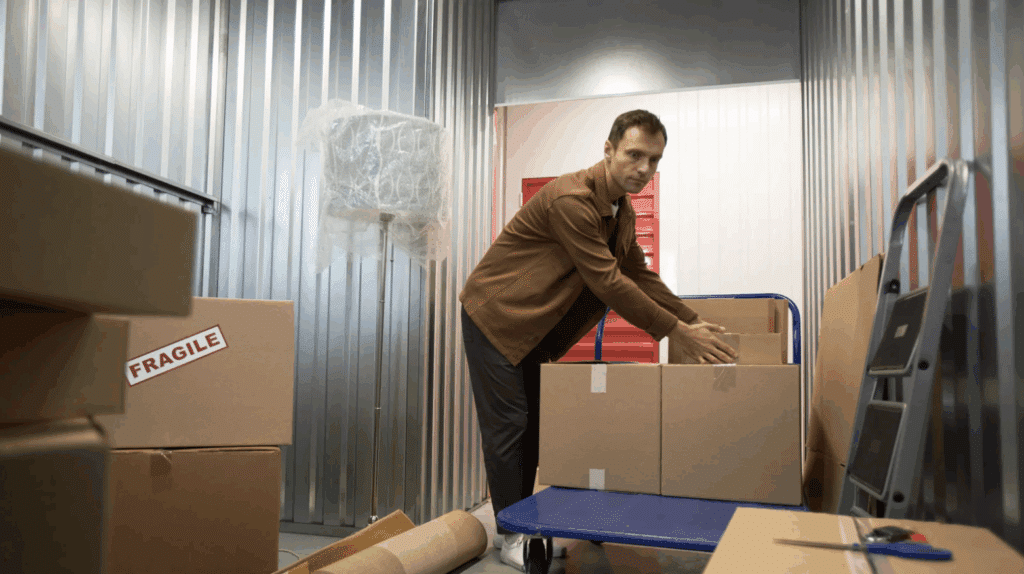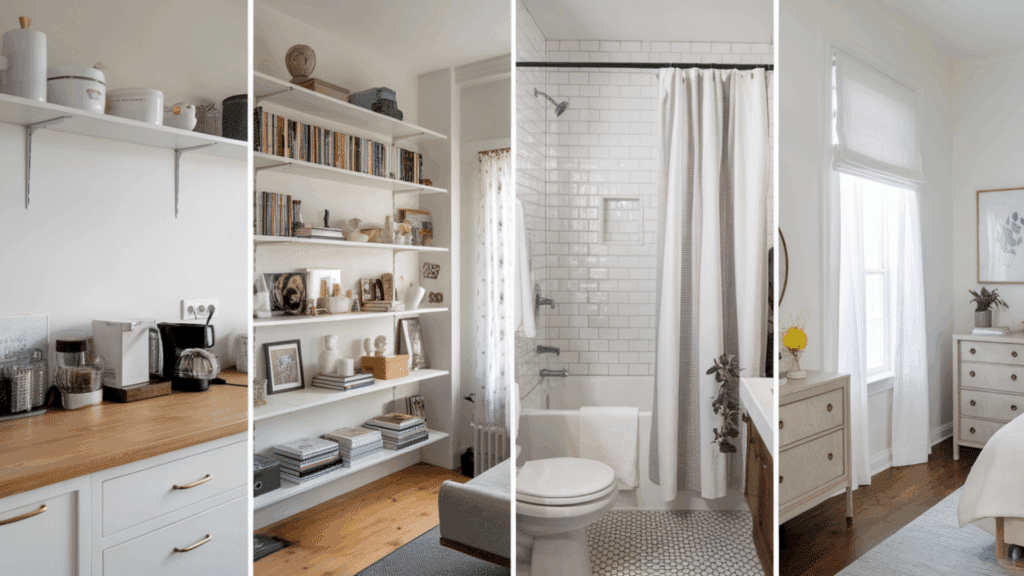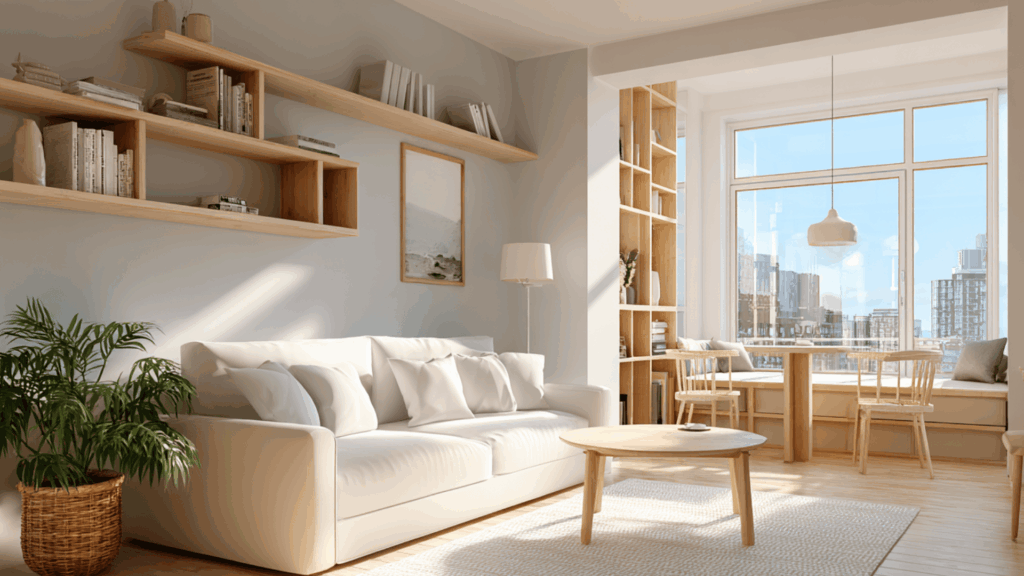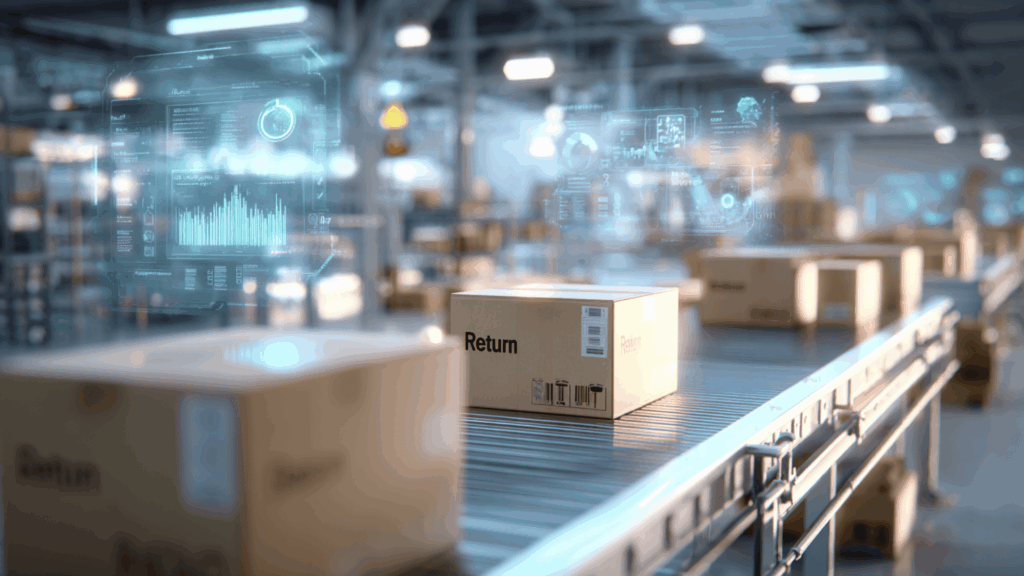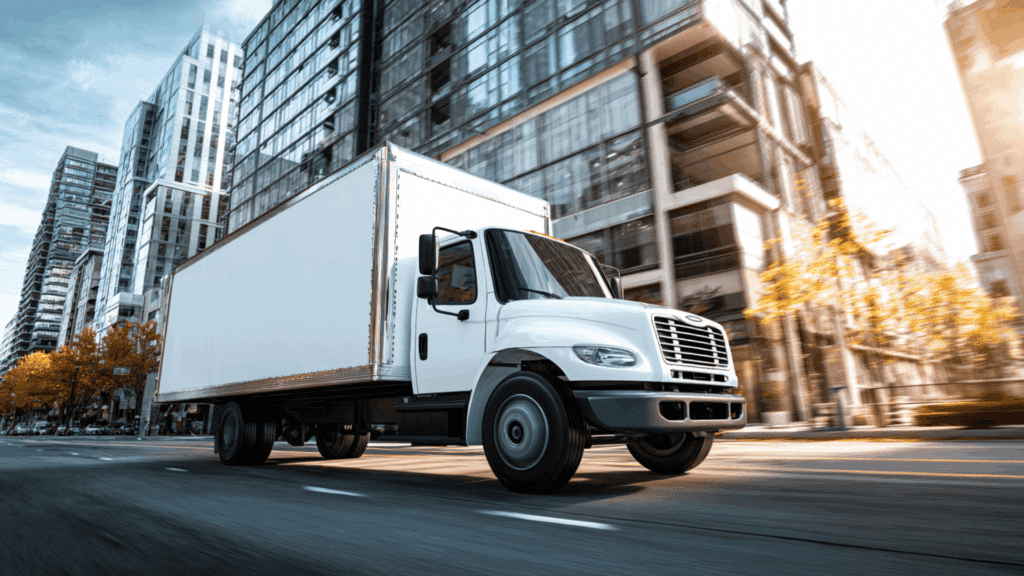If you’re running out of space at home or planning a move, renting a storage unit can make things much easier. Costs can vary depending on size, location, and features such as climate control, access hours, or security.
Understanding what affects pricing helps you pick the right unit for your needs without paying more than necessary.
For example, a smaller unit in a suburban area might cost half as much as a climate-controlled one in the city.
In this blog, you’ll learn about the main factors that influence storage prices, how to compare facilities wisely, and simple ways to save money while keeping your belongings safe, organized, and ready whenever you need them.
How Unit Size Affects Storage Prices
Storage unit prices rise steadily with size, so it’s important to match the unit to your actual needs.
A smaller space works well for short-term or lightweight storage, while medium to large units suit full homes or business use. Location, demand, and added features like climate control also influence cost
Urban facilities often charge more than suburban ones, and ground-floor or drive-up access can slightly increase pricing.
If you only have a few boxes or personal items, a compact unit will do. But for furniture, vehicles, or long-term storage, investing in a larger space is worth the convenience.
Understanding how price scales with size helps you plan your budget realistically.
Storage Cost by Unit Size
Storage unit prices depend on how much space you need and what you plan to store. Larger units naturally cost more, but they also offer flexibility for furniture, vehicles, or full-home storage.
| Unit Size | Average Monthly Cost | Best For | What Fits |
| 5×5 | $30–$60 | Small storage needs | Boxes, clothes, seasonal items |
| 10×10 | $70–$150 | Apartment contents | Bed, sofa, appliances |
| 10×20 | $150–$250 | Home or vehicle storage | 2–3 bedroom home, small car |
Most people choose a 10×10 unit because it offers the right balance between space and price. Larger units are great if you need to store furniture, vehicles, or business supplies long-term.
Factors That Affect Storage Unit Prices
Several factors influence how much you’ll pay for a storage unit. Knowing these can help you choose a space that fits both your needs and budget.
- Location: Units in urban areas tend to cost more than those in suburban or rural locations because of higher demand and limited space.
- Climate control: Adding temperature or humidity control can increase your monthly rate by $25–$50, but it’s worth it for items sensitive to heat or moisture.
- Indoor vs. outdoor access: Indoor units are more secure and weather-protected, while outdoor units offer drive-up convenience at a lower cost.
- Security and amenities: Features like CCTV, gated access, and on-site staff improve safety but usually raise the price slightly.
- Contract length: Month-to-month rentals offer flexibility, while annual leases may come with discounts or lower rates.
Understanding these factors helps you find the right mix of cost, convenience, and protection for your belongings.
Storage Companies: Comparison and Best Deals
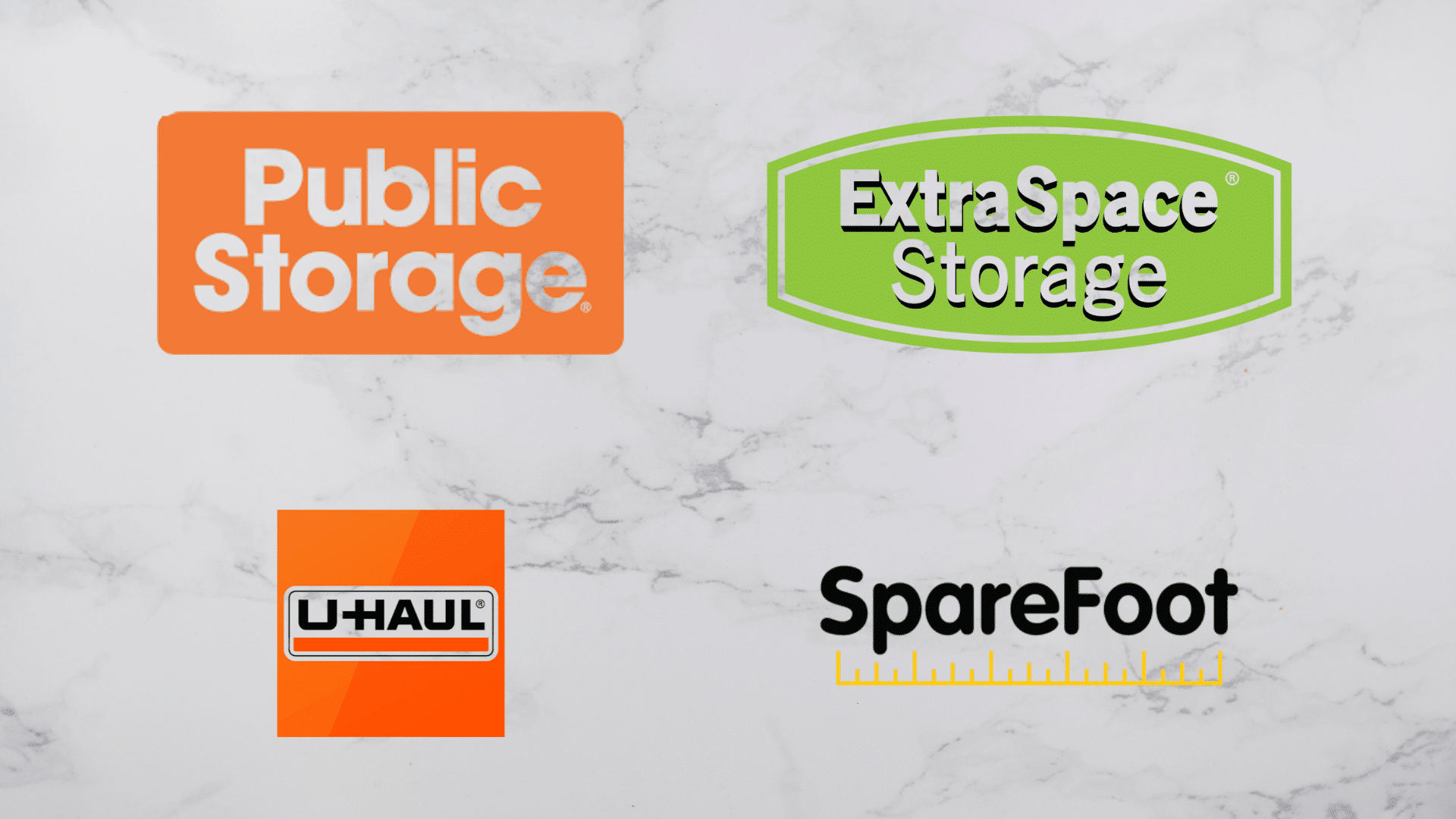
Most major providers offer similar spaces but differ in rates, features, and discounts.
1. Public Storage
Public Storage is one of the largest and most accessible storage companies in the U.S., known for its wide range of unit sizes and strong security features. It’s ideal for both short- and long-term renters looking for convenience and flexibility.
- Average Monthly Rate: $90–$200
- Best Deal or Offer: First month for $1 or free
- Climate Control Option: Available at most locations
2. Extra Space Storage
Extra Space Storage offers clean, modern facilities with great customer service and online management tools. It’s a top choice for those wanting reliable, climate-controlled units with frequent online discounts.
- Average Monthly Rate: $80–$180
- Best Deal or Offer: Online booking discounts
- Climate Control Option: Yes, across most unit sizes
3. U-Haul
U-Haul provides affordable self-storage options along with moving trucks and supplies, making it convenient for people relocating or downsizing. Their flexible access hours and no-deposit policy make short-term storage simple.
- Average Monthly Rate: $60–$150
- Best Deal or Offer: No deposit, flexible access hours
- Climate Control Option: Limited availability
4. SpareFoot
SpareFoot acts as a storage marketplace that lets you compare prices from multiple facilities in one place. It’s perfect for finding the best local deal without visiting several sites individually.
- Average Monthly Rate: $70–$160
- Best Deal or Offer: Compares prices from multiple facilities
- Climate Control Option: Depends on the facility
Long-Term vs. Short-Term Storage Costs
The right storage option depends on how long you plan to keep your items. Short-term rentals offer flexibility, while long-term storage can be costlier but more convenient for extended needs.
| Storage Type | Ideal Duration | Average Cost | Best For | Key Notes |
|---|---|---|---|---|
| Short-Term Storage | Less than 6 months | $50–$150/month | Moving, remodeling, temporary storage | Month-to-month flexibility, often includes promo deals |
| Long-Term Storage | 6 months or more | $80–$250/month | Seasonal items, business inventory, long relocations | Costs add up over time; check for insurance or rate increases |
Choosing between short- and long-term storage depends on your goals. For temporary needs, short-term options save money, but for lasting security, long-term plans offer peace of mind.
Is Renting a Storage Unit Worth It?
Renting a storage unit is great for short-term needs like moving or downsizing, but it’s not always the cheapest choice. Buying a shed can be smarter if you need long-term space and own property.
Consider how often you’ll use the items and the yearly cost. Paying $120 per month adds up to $1,440 a year, which could cover a small shed.
Many people on Reddit regret long-term rentals, saying they spent more than the items were worth. It’s best to weigh the cost against real use and value.
Real Storage Unit Cost Experiences from Users
Reading real reviews gives a clearer idea of what people actually pay for storage – and what surprises they encounter.
“We paid £200 per month for a half-size outdoor shipping container. Indoor ones were almost double but much cleaner and safer.” – Lucya123, MoneySavingExpert Forum
“I rent a 150 sq ft room from Big Yellow for £140 every 4 weeks. Clean and secure, but definitely pricey long-term.” – DarrenP78,MoneySavingExpert Forum
“After 7 months, my rate jumped from £41.70 to £66.66 without warning—a huge 60% increase. Be careful with renewals.” – AlisonR,MoneySavingExpert Forum
“We used Storage King and paid around £400/month for 300 sq ft. Great staff, but costs add up quickly if you stay long.” – CotswoldMover,MoneySavingExpert Forum
These firsthand experiences highlight how important it is to read the fine print and track your costs over time. A storage unit can be a lifesaver – just make sure it stays practical for your budget and needs.
Tips for Saving on Storage Units
There are a few simple ways to cut down your monthly storage costs without giving up convenience or security.
- Book online: Many companies offer lower online rates compared to walk-in prices. Booking early also locks in discounts before prices change.
- Use move-in specials: Look forpromotions like “first month free” or “$1 move-in” to reduce initial expenses.
- Share a larger unit: Splitting a bigger unit with a friend or family member can save you both money while giving more space.
- Declutter before renting: Only store what you truly need. The fewer items you keep, the smaller (and cheaper) the unit you’ll need.
- Skip climate control if possible: If your items aren’t sensitive to temperature or humidity, a standard unit is usually cheaper and works just fine.
Using even one or two of these tips can make a big difference in how much you spend over time.
Conclusion
Finding the right storage unit is about more than just extra space; it’s about convenience, safety, and value.
Choosing the best unit depends on what you’re storing and how long you plan to keep it there. Factors like size, location, and features such as security or climate control can make a big difference.
To save money, compare local providers, look for online deals, and only store what’s truly necessary. Always balance cost with convenience and protection.
A little research can help you find a storage unit that fits your needs, keeps your items safe, and offers good value for your money.
